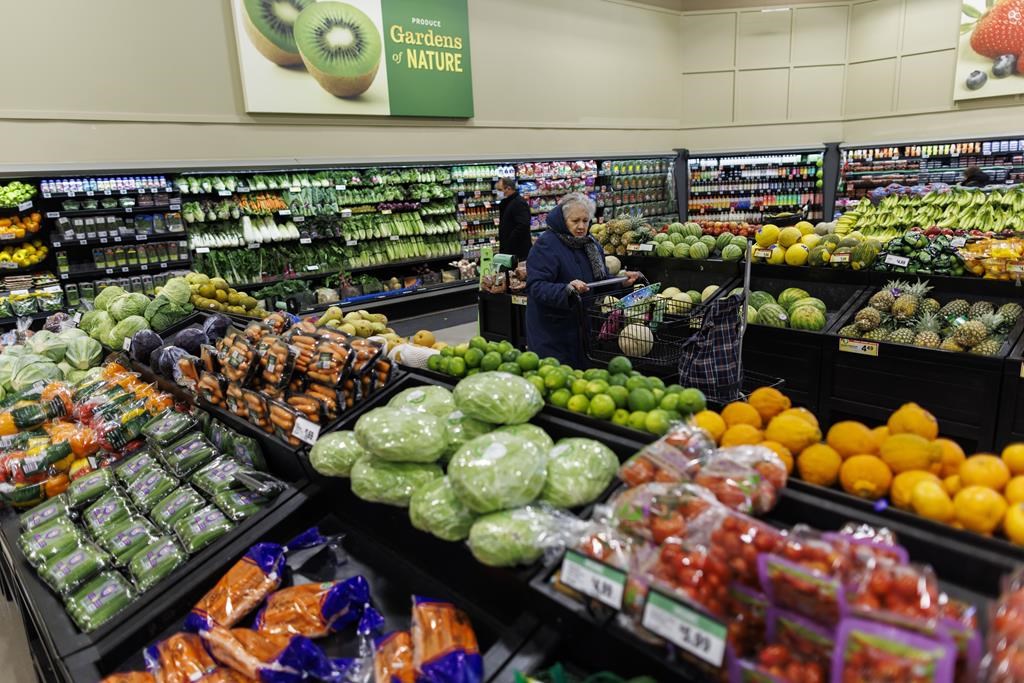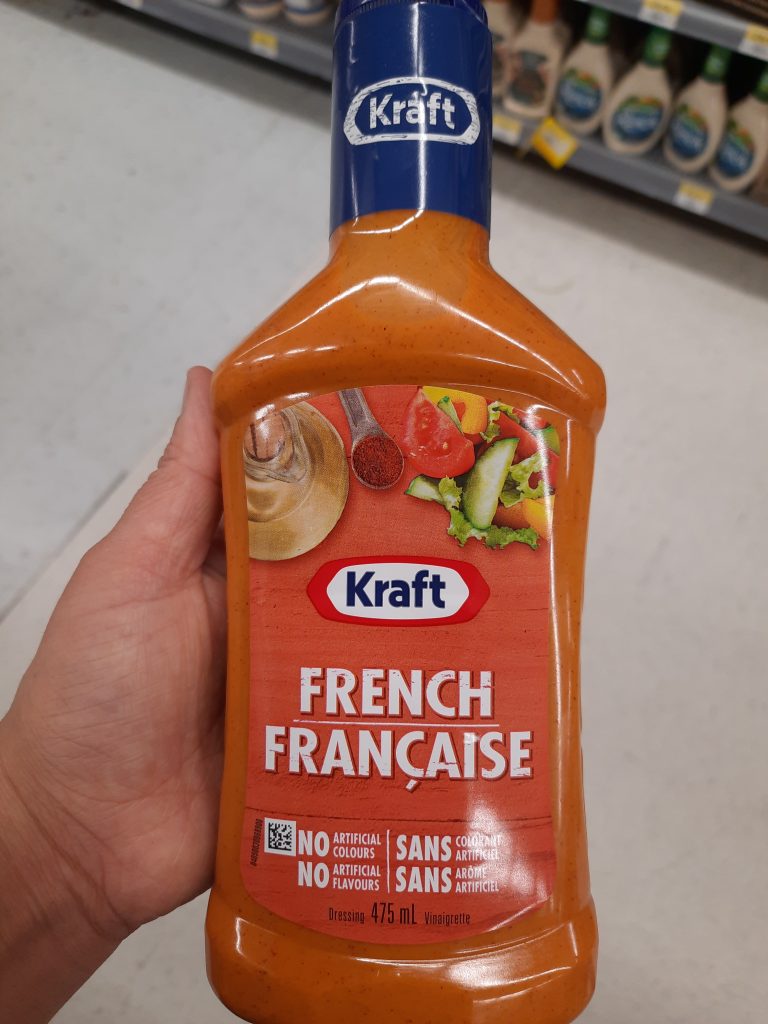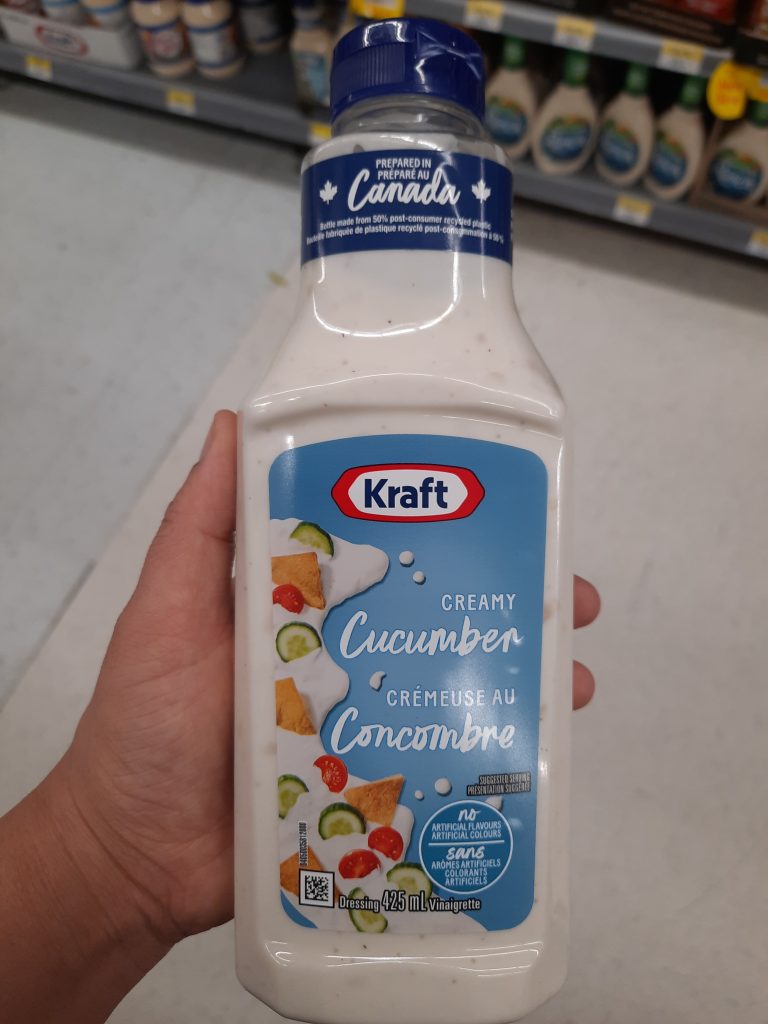Shrinkflation ramps up as grocery prices rise in Canada

Posted April 17, 2024 9:17 am.
While you pay high prices for groceries, the items in your shopping cart are increasingly shrinking. It’s an ongoing phenomenon, that one expert, says is the new norm.
The latest example can be found in many Canadian homes — Kraft salad dressing. New, thinner bottles are now on store shelves and the amount has dropped from 475 ml to 425 ml.
Kelleen Wiseman, the director of the Master of Food and Research Economics program at UBC, says this doesn’t surprise her and shouldn’t come as a shock to consumers either.


“We know that the driver of prices has to do with ingredients and fixed costs. When we’re talking about fixed costs, we’re talking about rent, labour, the whole overhead and those have stayed sort of level, but now I think that the people that are providing those services are realizing, these costs for them are not going to go down, so they better adjust it.”
She adds that with rising food costs on a global scale, all ingredients cost more.
“And not just the ingredients of what goes into [a product], but also what it’s in. Glass bottles have increased a huge amount over these last two-and-a-half years to the point where I know some food processors are actually switching out of glass bottles and going into cans, going into different containers for things.”
She says that she understands companies are facing rising costs, but criticizes their lack of honesty when it comes to changing a product.
“One of the key elements here is transparency. The thing to do would be to make it clear — whether it be signs in the grocery store, whether it be on their website, because that’s how you maintain that consumer-company connection.
“When it just happens and it’s up to us to figure out … we’re not all inspecting everything.”
Wiseman explains shrinkflation comes in many forms.
“How about when you have the same bottle, but there’s just less in it? Or the cereal box that has the same packaging, but you open it, and it seems smaller, and it is. The strategy itself, I don’t think is manipulative — they’re reacting to cost changes, but the transparency is key for sure.”
She adds food inflation is slowly calming down in Canada but says it’s not where people need it to be.
“It’s no relief, but everyone is feeling this. It doesn’t matter if it’s in the U.S., the UK, in Europe.”
Wiseman adds whenever you go grocery shopping, keep a close eye on quantity and quality — adding some ingredients are being swapped out for cheaper ones as a cost-cutting measure.
“Email these companies. We shop with our dollars and say, ‘I love your product, but did you do this, and could you make it more transparent?’ Push back on the companies, do that research, and try to be more careful.”
CityNews reached out to Kraft several times for comment but did not hear back in time for publication.








